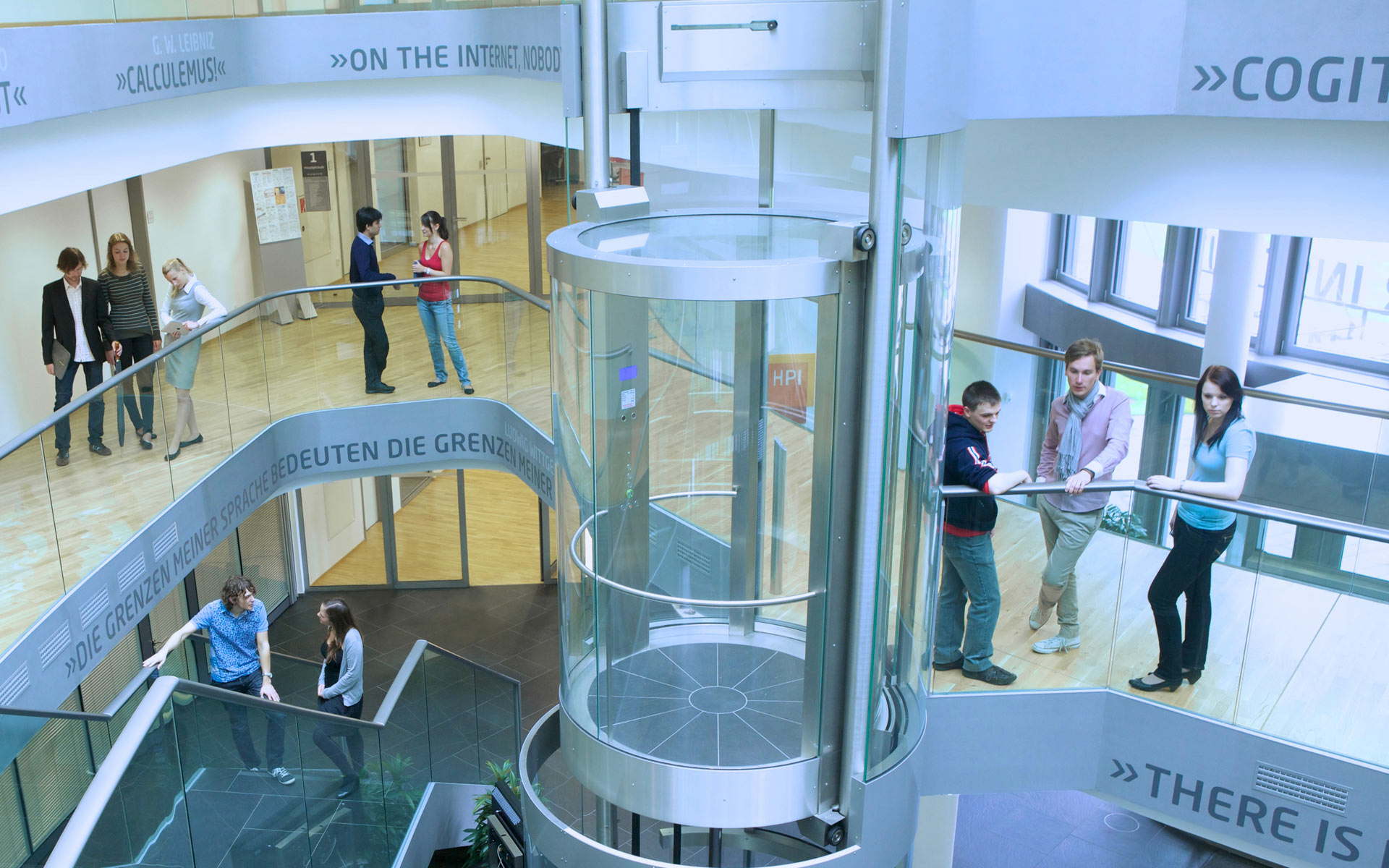[1] Z. Zuo, G. Kasneci, T. Gruetze, F. Naumann. BEL: Bagging for Entity Linking. In Proceedings of the International Conference on Computational Linguistics (COLING), pages 2075–2086, 2014.
[2] S. Cucerzan. Large-scale named entity disambiguation based on Wikipedia data. In Proceedings of the Joint Conference on Empirical Methods in Natural Language Processing and Computational Natural Language Learning (EMNLP-CoNLL), pages 708–716, 2007.
[3] J. Hoffart, M. A. Yosef, I. Bordino, H. Fürstenau, M. Pinkal, M. Spaniol, B. Taneva, S. Thater, and G. Weikum. Robust disambiguation of named entities in text. In Proceedings of the Conference on Empirical Methods in Natural Language Processing (EMNLP), pages 782–792, 2011.
[4] J. Hoffart, S. Seufert, D. B. Nguyen, M. Theobald, and G. Weikum. KORE: keyphrase overlap relatedness for entity disambiguation. In Proceedings of the International Conference on Information and Knowledge Management (CIKM), pages 545–554, 2012.

